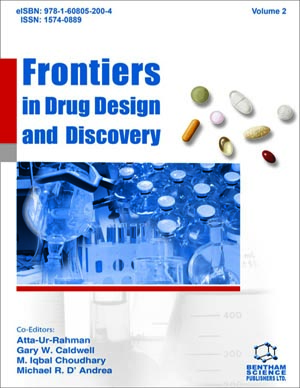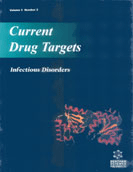Abstract
Spectroscopic methods including infrared and Raman techniques have tremendous promise for providing rapid, non-invasive information on the impact of pharmaceuticals and toxicants on cells and tissues. Spectroscopy is not a new field; however these methods have only recently been applied to study the physiology and function of cells and tissue. The infrared spectrum (2,500-25,000 nm) of a cell or tissue can supply information about the fundamental vibrational modes of functional groups existing in biological molecules thus permitting quantification of material composition and in some cases can be connected to cell function. Spectroscopy permits observation of changes within the cell occurring at the molecular level and is a rapid, nondestructive, and reagent-free measurement.
Infrared and Raman spectroscopy have been applied to evaluate the biochemical composition of mammalian cells or to discriminate between cancerous and healthy cells. While discriminations can be made between stages of the cell cycle due to alterations in spectral signatures of nucleic acids, only very small differences are apparent between distinct subcellular structures. Analyses of separate cell fractions, isolated by sucrose density gradient centrifugation, present the most significant spectral differences in the C-H (carbon and hydrogen) stretching region (2800-3000 cm-1), at the ester carbonyl stretching band (1737 cm-1), and in the PO2 - stretching region (1089 and 1242 cm-1).
This manuscript provides a critical review of these methods, including their potential use and pitfalls for drug screening applications. Significant innovations have been made over recent years in equipment, experimental approaches, and in analysis methods.






















